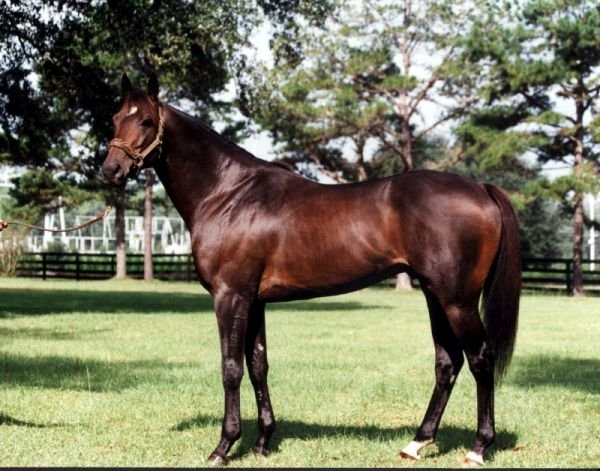Racing has been around for many years and is widely done around the world. The horses used for racing are always thoroughbred. They horses race on either a grass or sand track. It is thought horse racing started in Ancient Greece, Babylon, Syria, and Egypt. It has stayed mainly the same over the years but has become more and more popular.
There are four different types of racing...
The rider in racing is always referred to as a jockey. Jockeys have to be a certain weight depending on the race standard and horse. These weight limits are usually very hard to obey by and that's why jockeys are commonly very short.
Many people bet on horses when watching horse racing. People bet with the bookies and can win large sums of money.




